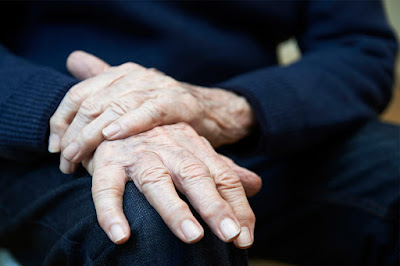Age-Related Changes and Other Causes of Cervical Spondylosis

Cervical spondylosis is a degenerative disorder that affects the neck region's cervical spine. It is a condition that primarily affects older people, although it can also affect younger people. This blog article will concentrate on age-related changes and other causes of cervical spondylosis. Age-Related Changes As we age, the spinal discs in our neck tend to dry up and shrink, resulting in cervical spine degeneration. This degeneration can cause bone spurs to grow and ligaments in the neck to thicken, causing constriction of the spinal canal or nerve root canals. These modifications can place pressure on the spinal cord or nerve roots, resulting in discomfort, stiffness, and weakness in the neck, arms, or hands. The most prevalent cause of cervical spondylosis is age-related changes. Other Causes Apart from age-related changes, other factors can contribute to cervical spondylosis. These include: Injury: An injury to the neck, such as whiplash, can cause damage to the spinal discs...







